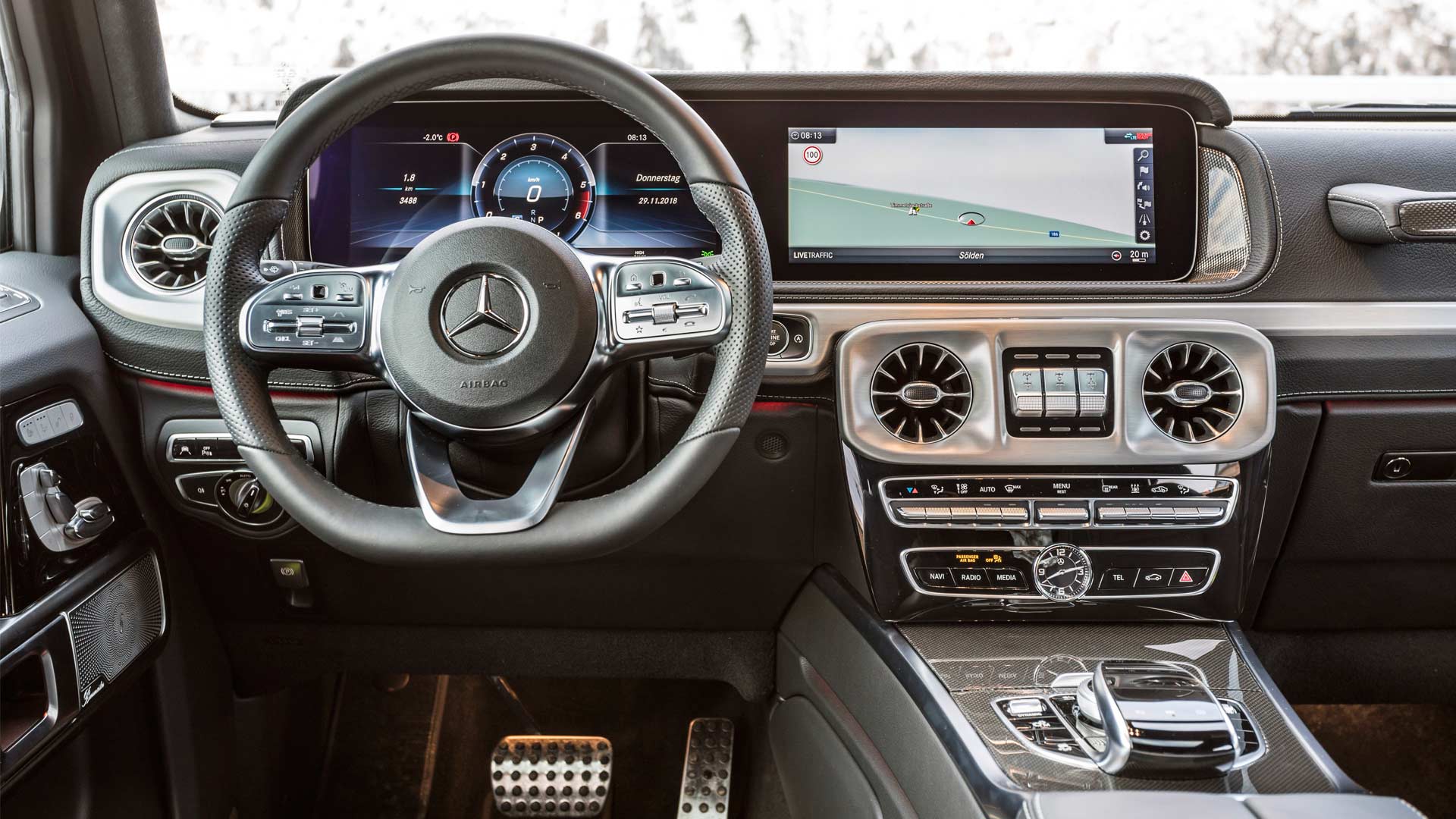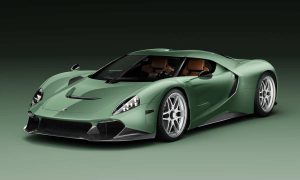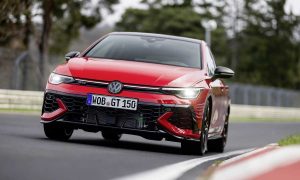While some manufacturers are bidding goodbye to diesel engines altogether, some will continue to offer them as long as they can manage to get the engines to comply with the Euro 6d-TEMP standards.
Or, in the case of this new Mercedes-Benz G 350 d, the diesel engine is designed to comply with RDE – Real Driving Emissions as well. The new G 350 d is the diesel variant of the new G-Class which made its debut in January this year.
The OM 656 engine uses the same technology as the OM 654, such as stepped-bowl combustion process, Nanoslide cylinder wall coating and so on. In order to reduce emissions, the Selective Catalytic Reduction (SCR) converter is combined with an Ammonia Slip Catalyst (ASC) in the exhaust tract. The SCR reduces the nitrogen oxides (NOx) in the exhaust gas.
AdBlue – an aqueous urea solution, is fed into the system, which chemically converts the nitrogen oxides in the exhaust gas, thus releasing ammonia, which reduces up to 80 percent of the nitrogen oxides into harmless nitrogen and water in the downstream of SCR catalytic converter. The filler for the AdBlue is integrated into the external tank recess of the vehicle.

In Eco driving mode, the gliding function helps save additional fuel. When the driver’s foot leaves the accelerator pedal, the transmission’s clutch disengages. This reduces the engine speed to idling level, and the driving resistance is reduced by the compression and frictional forces of the engine while coasting. The G-Class “glides”, using its own, kinetic energy for a certain distance. The clutch is re-engaged as soon as the driver operates the accelerator or brake pedal.
In order to reduce the noise and vibrations inside the cabin, the engine mounts are actively controlled for the first time. At speeds below 5 km/h, they are set to soft, to optimally dampen the transfer of torsional vibrations to the ladder frame at low engine speeds. At higher engine speeds, the two engine mounts are automatically made stiffer, which apparently has positive effects on the driving dynamics.
Power
The 3.0-litre (2,925 cc) in-line 6-cylinder turbocharged diesel engine produces 210 kW (282 bhp) between 3,400-4,600 rpm and 600 Nm of torque between 1,200-3,200 rpm. Transmission is a 9G-Tronic torque converter automatic, which can send 40 percent of the drive torque to the front axle and 60 percent to the rear axle.
The new G 350 d is claimed to sprint from 0-100 km/h in 7.4 seconds and the top speed is 199 km/h.

Leave a Reply
Note: Comments that are unrelated to the post above get automatically filtered into the trash bin.

























































